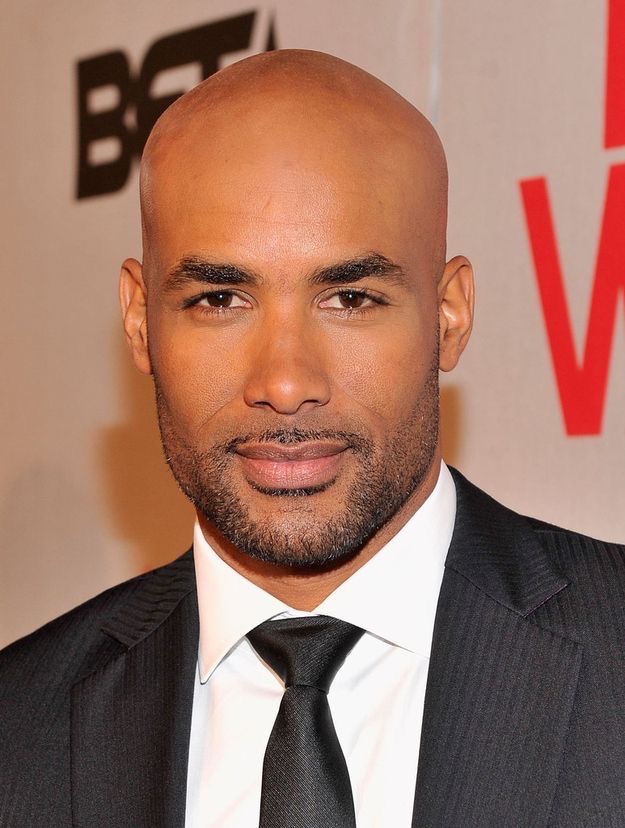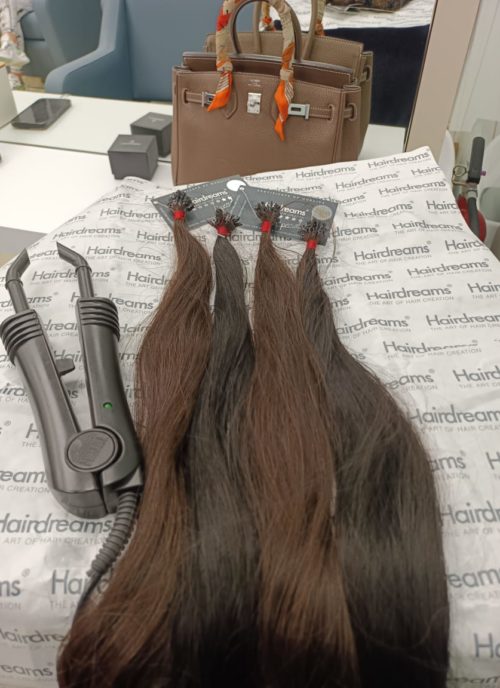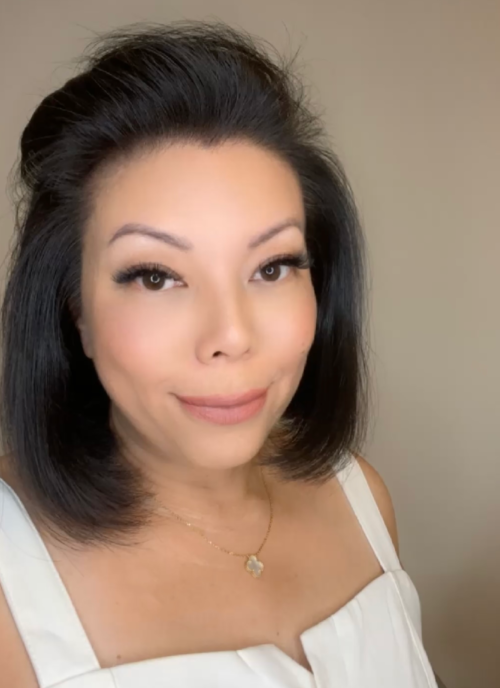Do you have questions about hair loss after COVID-19? Here are some answers that we’ve researched to help you understand what’s happening and how to get your hair back on track.
COVID-19 can cause temporary or permanent hair loss in both men and women. How long the hair loss lasts depends on the individual, but it can last for weeks, months, or even years.
There are a number of treatments available for hair loss, both over the counter and prescription medications. However, many of these treatments are not specifically designed for COVID-related hair loss, so they may not be as effective.
If you’re experiencing significant or persistent hair loss after COVID-19, it’s best to consult a doctor or hair loss specialist. They will be able to recommend the most effective treatment for your specific situation.
You may be experiencing hair loss after being vaccinated against COVID-19. This is a common side effect of the vaccine, and it is nothing to worry about. In this blog post, we will discuss the causes of hair loss after COVID-19, the symptoms you should look out for, and the treatments available to you. We will also answer some frequently asked questions about hair loss after this virus. So, if you’re concerned about your receding hairline or bald patches, read on!
The causes of hair loss after COVID-19 are not fully understood. But there is evidence to suggest that it can be caused by the body’s immune system attacking its own cells, which may trigger alopecia areata or telogen effluvium (TE). It could also occur due to inflammation in parts of your scalp, as well as the psychological stress of having a serious illness.
The symptoms of hair loss after COVID-19 can vary from person to person. You may notice that your hair is thinner than usual, or that you are losing more hair when you brush it or wash it. Some people experience bald patches or receding hairlines. If you are worried about any of these symptoms, please see your doctor for advice.
There are a number of treatments available for hair loss after COVID-19. For men, minoxidil and finasteride are both effective options. For women, there are a range of products such as Rogaine, Tricomin, and Lipogaine which have been shown to be effective. In some cases, surgery may be required if the hair loss is severe enough that it cannot be treated with medication alone.
How long does COVID hair loss last? It can take up to three months before you start seeing results from any treatment for your symptoms. If you have been experiencing hair thinning or bald patches since March 2020 (when coronavirus first began spreading in North America), then there is a chance that this might clear up on its own over time without any treatment at all! However, it’s important to talk about these concerns with your doctor just in case something else could be causing them instead of COVID-19 exposure itself. You should also see if they recommend taking biotin supplements while waiting patiently during this time period as well.
Hair loss treatment at home? There are many things you can do to help prevent hair loss during or after COVID-19 exposure, such as washing your hands regularly and wearing a mask when outside of the house. You should avoid touching any part of the body that might be infected with the virus (such as eyes) because this could lead to an infection like conjunctivitis (red eye). Another thing that people who have had coronavirus often report experiencing is dry skin patches on their scalps which may indicate an allergic reaction from being in contact with something else contaminated by COVID-19 particles – try using some moisturizer before bedtime each night!
As mentioned earlier, there are a number of treatments available for hair loss after COVID-19. For men, minoxidil and finasteride are both effective options. For women, there are a range of products such as Rogaine, Tricomin, and Lipogaine which have been shown to be effective. In some cases, surgery may be required if the hair loss is severe enough that it cannot be treated with medication alone.
How long does COVID hair loss last?
It can take up to three months before you start seeing results from any treatment for your symptoms. If you have been experiencing thinning or bald patches since March 2020 (when coronavirus first began spreading in North America), then there is a chance that this might clear.
In the meantime, here are some tips for preventing and treating hair loss at home:
- Use a gentle shampoo and conditioner that won’t strip your hair of its natural oils.
- Avoid using hot tools like curling irons and straighteners on a regular basis.
- Try using a deep conditioning mask once or twice a week.
- Make sure you’re getting enough protein and vitamins in your diet, especially B vitamins and zinc.
- Massage your scalp regularly to increase blood circulation and promote healthy hair growth.
With a little patience and some time, your hair should grow back. But if you’re still worried about the condition of your hair after COVID-19, talk to a doctor or dermatologist for specific advice on how best to manage your individual situation. We are just image consultant bloggers trying to provide you with more information regarding hair loss, hair loss treatment, and hair loss after COVID.
Hair Loss After Covid vs. Hair Loss
There are a number of different causes of hair loss, including genetics, hormonal changes, autoimmune diseases, medications, and radiation therapy. The most common type of hair loss is called telogen effluvium. This happens when too many hairs enter the resting phase at the same time, causing them to fall out later.
The symptoms of hair loss vary depending on the cause. Telogen effluvium may cause sudden or gradual thinning patches throughout the scalp. Other types of hair loss may cause a receding hairline, gradual thinning of the hair, or complete baldness.
There are a number of different treatments for hair loss, depending on the cause. Telogen effluvium can often be treated by reducing stress levels, avoiding certain medications, and taking supplements such as biotin and zinc. If the hair loss is caused by an autoimmune disease or medication, then treatment may involve stopping the medication or treating the underlying condition.
Hair loss can be a traumatic experience for both men and women. It’s important to seek treatment as soon as possible to prevent further hair loss and start on the road to recovery. To learn more about hair loss and its causes, symptoms, and treatments, visit a dermatologist.
- Hair loss is a common problem, with approximately 50% of men experiencing some form of hair loss by the age of 50.
- The most common type of hair loss in men is androgenetic alopecia, also known as male pattern baldness. This type of hair loss is caused by hormones and genetics.
- Other causes of hair loss in men include stress, illness, medications, and nutritional deficiencies.
- There are many treatments for hair loss available, both prescription and over the counter. Some of the most popular treatments include Rogaine (minoxidil) and Propecia (finasteride).
- It is important to consult with a doctor before starting any treatment for hair loss, as some hair loss treatments have side effects.
Are you concerned about your hair loss? Hair loss can be caused by a variety of factors, ranging from stress to illness and medications. If you are experiencing hair loss, it may be time to see a doctor.
There are many treatments available for hair loss, both prescription and over the counter (OTC). Some of the most popular include Rogaine (minoxidil) and Propecia (finasteride). It is important to consult with your doctor before starting any treatment for hair loss as some have side effects.
- Many people think that once they start losing their hair there is nothing that can stop it from falling out more; however this isn’t always true! In fact there are plenty of ways in which you can help to prevent hair loss and even promote hair growth.
- Ways in which you can prevent hair loss include: eating a healthy diet, minimizing stress levels, avoiding tight hairstyles, and using effective OTC treatments like Rogaine and Propecia.
- If you are already experiencing some form of baldness or thinning hair, it is not too late to do something about it! There are many effective treatments available that can help to reverse the effects of hair loss. Talk to your doctor today about the best treatment plan for you.
Hair Loss After Covid: Hair Loss Treatment
Copper peptides: a powerful anti-inflammatory compound that can help heal wounds and restore hair growth.
How To Make Your Own Shampoo At Home
It’s easy to make your own shampoo at home! All you need are a few simple ingredients like castile soap and essential oils. You can mix up these recipes in just minutes with minimal effort required on your part!
Remember: all natural ingredients do not necessarily mean they’re safe for everyone to use; please consult your doctor before using any new product on sensitive areas like the scalp or face.
Ingredient One: Castile Soap
The first ingredient in our homemade shampoo is castile soap, which has many benefits for hair and skin! It’s made from olive oil and coconut oil so it moisturizes without leaving behind a greasy residue like other oils might do. The lauric acid found within these two ingredients also provides antimicrobial properties that protect against bacteria growth while keeping your locks clean at all times (source). This particular kind doesn’t contain any parabens – chemicals often used as preservatives but may lead to cancer if ingested over long periods of time (researched source).
Ingredient Two: Lavender Essential Oil
Lavender essential oil is an excellent addition to our homemade shampoo because it has antimicrobial and antifungal properties that prevent bacteria from growing on the scalp (source). It also helps fight dandruff by reducing itching caused by dryness or irritation in these areas; this makes it ideal for people who suffer from eczema too! The scent may be strong at first but over time your nose will adjust so don’t worry about being overwhelmed with fragrance when using this product daily. You could even add more drops if desired since lavender’s aroma tends not fade away quickly after application like some other oils might do.
COVID-19 is a pandemic that has many people worried about their health. For those who are experiencing hair loss as a result of the virus, it can be an added concern. Here’s what you need to know about hair loss and Covid-19:
- Hair loss is a common side effect of the virus
- Most people experience some degree of hair loss after contracting Covid-19. This is because the virus attacks the body’s immune system, which also affects the scalp and hair follicles. While it is temporary for most people, some may experience long-term hair loss.
- There is no specific treatment for hair loss caused by Covid-19
- At this time, there is no specific treatment for hair loss caused by the virus. However, there are a number of treatments available for general hair loss. If you are concerned about your hair loss, please consult with your doctor or dermatologist.
- There are measures you can take to minimize hair loss.
There are a few things you can do to help minimize hair loss during this time:
- Avoid stress as much as possible
- Stay hydrated
- Eat a balanced diet
- Make sure you’re getting enough protein and vitamins
These simple steps can help keep your immune system strong and reduce the amount of hair lost. Hair loss is temporary for most people.
The good news is that hair loss caused by Covid-19 is temporary for most people. It should return to normal within six months after you’ve recovered from the virus.
Here’s How to Look Good Bald

It’s a fact: bald men are sexy. There’s just something about a man who embraces his baldness that makes him stand out from the crowd. And while going bald may not be for everyone, there are ways to make the most of it and feel confident in your own skin. In this blog post, we will discuss how to look good bald and how to stay motivated when faced with hair loss. We’ll also provide some tips and advice on how to feel confident and attractive as a bald man!
So, how can you rock the bald look? Here are some tips:
- Embrace your new look. Don’t try to hide or cover up your baldness – own it!
- Get a good haircut. A well-cut hair style can make all the difference in how you look bald. Ask your barber or stylist for advice on how best to style your hair.
- Exercise regularly and eat healthily. Keeping fit will help you feel confident about how much time spent out of doors, in the sun without headgear can cause skin cancer so always wear sunscreen when outside during daylight hours!
The next step is how to stay motivated when balding. It’s perfectly natural to feel a little down when you start losing your hair, but it’s important to stay positive and focus on the good things about being bald. Here are some motivational statements to help you feel confident and attractive as a bald man:
- Baldness is sexy. There’s no denying that many women find bald men attractive.
- You’re unique. Don’t be afraid to stand out from the crowd – being bald makes you special!
- You’re in good company. Many successful and well-known men are bald, including Bruce Willis, Dwayne Johnson and Patrick Stewart.
- It’s a sign of masculinity. Baldness is a sign of how strong and masculine you are as a man.
- It’s trendy right now. Baldness has become increasingly popular in recent years – just look at how many celebrities have shaved their heads or buzzed it all off recently!
- You’ll save money on haircuts (and hair products!). A shaved head is low maintenance and will save you money on haircuts.
- It’s a great way to show off your muscles. When your hair is gone, it can help highlight how muscular or toned your body really looks! Baldness shows how strong of an individual you are: both physically and mentally.
Michelle T. Sterling is an award-winning, internationally renowned image consultant, personal stylist, and online personal shopper. She’s available for virtual consultations if you’re not located in New York, DC, San Francisco, Miami, or Dubai. Her style advice has been featured in the Wall Street Journal, the Huff Post, Details, and Forbes, among others.

Your Online Personal Shopper + Stylist








Leave a Reply
You must be logged in to post a comment.